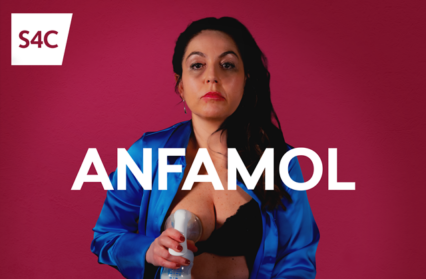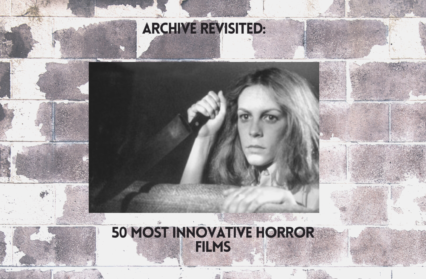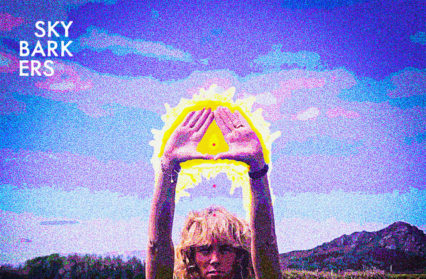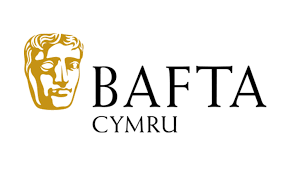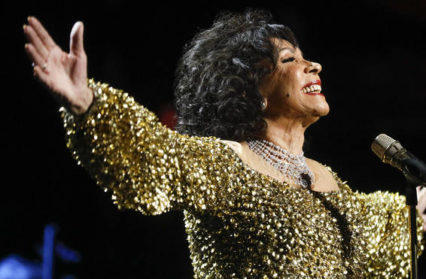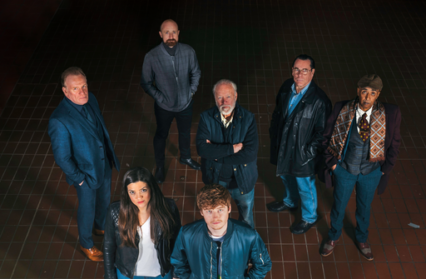Caragh Medlicott reviews the critically acclaimed The Green Knight from writer-director David Lowery, its story adapted from a classic Arthurian text infused with Welsh mythology.
David Lowery’s Camelot does not exude gilded excess. Its round table – more a horseshoe, if anything – and sickly rulers (King Arthur and Queen Guinevre rendered aged and wan), imply a mythical heart grounded in the murk of period authenticity. The ninth film from writer-director Lowery, The Green Knight is an adaptation of the classic chivalric romance Sir Gawain and the Green Knight sourced from an unknown medieval author. Lowery’s preoccupation for the macabre finds rich texture here, as does Dev Patel’s deft skill for encompassing both princely heroism and pusillanimity in the leading role of Gawain. Dubbed a folk-horror, The Green Knight veers more towards the suspenseful chill of the uncanny than the Game of Thrones-style gore fest that its trailer at times alludes to.
Split into chapters, which – not exclusive to the mythic genre – have been popularised across recent indie films (see also: Babyteeth), The Green Knight announces itself with historiated gothic titles which flash across the screen with an anachronistic flourish. It’s a stylistic edge which, layered over the candle-lit mise-en-scene, hints at a duality of both tradition and modernity. A theme which permeates the entire film, the tension faintly recalling the burlesque iconoclasm of Baz Luhrmann’s Romeo and Juliet. In its opening sequence, Gawain is established as an affable and handsome young nobody who is yet to pop his questing cherry. His place at the round table is secured by kinship with his uncle, the king, rather than any past deeds of greatness. With a lower-class girlfriend, Essel (Alicia Vikander), and penchant for late night drinking, Gawain is at once spoiled by the comforts of an aristocratic upbringing, and hungry for gallant renown. Thus the backdrop is set for an inciting incident once upon a Christmas feast.
The green knight (a gravelly-voiced Ralph Ineson in full CGI regalia), interrupts the merry courtly celebrations with a challenge to Arthur’s chivalrous knights: anyone who is able to land a blow on him will win his green axe as a trophy. The catch? They must receive the same blow in return “one year hence”. In some ways it is one of the adaptation’s most faithful moments, except that the scene is interspersed with images of Gawain’s own mother, Morgan le Fay (Sarita Choudhury), performing pagan witchery. The implication is clear: the green knight’s arrival is of her own devising. What remains to be seen is whether she divines greatness or doom for her lackadaisical son. The darkened shots of her writing, with pen and ink, also pay homage to the questions of authorship which have long shrouded the original text (just as the varied pronunciations of Gawain nod to the ongoing scholarly debate concerning its correct phonic intonation). And so, Gawain steps up to the plate. He beheads his challenger only for the green knight to rise back up, collect his head, and gallop off – maniacal laughter bouncing off the cobblestones, spilled blood still wet on the palace floor.
The year which follows unravels faster than a pulled thread, and a nervy Gawain is soon faced with the long journey to the green knight’s chapel in order to uphold his side of the bargain. Leaving the turrets at the heart of Christendom behind, exquisite cinematography from Andrew Droz Palermo captures a rugged and sloping landscape which, mercifully, doesn’t overdo it with the zealous green – grazing instead in shades of moss and clover, all of it cut through by the slash of Gawain’s ochre gold cloak. Lowery’s plot is at once sparse and dense, its moments of drama so weighted with portent that they sometimes feel in danger of collapse. Many of these scenes playfully upend the high ideals supposedly inherent to all chivalrous knights, laying bare the lacking street smarts and cowardice of men softened by a life of luxury. Extended and sometimes laborious stretches on the road linger a little longer than is comfortable, offering fleeting insight into the truth of such legendary quests – thick with silence and exhaustion more often than peril and heroism.
Along the path, a wearied Gawain happens upon Saint Winifred (Erin Kellyman), the Welsh virgin martyr, who appears in ghoulish form in a segment steeped in suspense and visual trickery. What is perhaps most notable about this interaction, beyond its ghostly chill, is its flicker of dry humour, Winifred reporting glibly that she “just” wants Gawain to retrieve her head from below the oil-like surface of a moon-lit hot spring. Before Gawain’s pinky has even stirred the aphotic depths below, it’s clear that this will be a moment ripe for portentous symbolism – after all, Danny Boyle even made use of a toilet in Trainspotting – yet the following sequence with unfurling ribbons of blood and inverting images is both visually rich and metaphorically loose. It’s in stark contrast to a later scene in which Alicia Vikander doubles up as the lady of a castle that Gawain has reached in search of respite. Here she speaks, as if possessed, with cutting precision on the symbolism of green, connecting it to rot and demise – the victory of time and nature over all else. It is both literally vivid, and figuratively concerned with the battle between the ferocious naturalism of paganism and cropped rigidity of ruling Christianity (images which are, recurrently, imposed on Gawain who is characterised as both Christ-like and a victim of his own weak human nature).
In the original text, this religious tension manifested primarily via its oral roots, revisions accumulating while handed down through authors – the story taking written form during a period in which paganism was stamped out by Britain’s conversion to Christianity post-roman invasion. While the location of its authorship is unknown, many scholars place Sir Gawain and the Green Knight somewhere around the Wales/Midlands border – written around the same time as Chaucer’s Canterbury Tales (though, unlike the revered works of Chaucer, the text was missing for a long time – something some scholars attribute to a dated case of London-centricity). In heightening the mythic pagan elements, Lowery draws primarily from the Welsh tradition, not just through the reference to Saint Winifred’s well but also with the spectacle of the Cewri (giants) and the imagining of the green knight, himself, as The Green Man (notably a symbolic figure of both rebirth and the cycles of life and death). It’s a choice which adds not only to the film’s visual marvel but also its lyrical depth, the Christian-pagan tension often feeling mirrored by The Green Knight’s own conflict between dense bucolic landscapes and the digital embellishments of its CGI work.
The Green Knight rolls the final dice on its ending, a hand I won’t reveal here other than to say it is perhaps the first film in history to combine techniques used by both The Sopranos and the Twilight Saga. Daniel Hart’s pulsating score is huge and emotive, doing as much atmospheric heavy lifting as Palermo’s textured landscapes. Lowery may not be a director renowned for pacing – the film’s tension occasionally loosening into something baggy – but his poignancy is unmistakable. The Green Knight is not only a feast for the eyes, it’s a blow to the blunted morals of Hollywood’s more regular heroic avatars.
The Green Knight is available in cinemas and on Amazon Prime now.


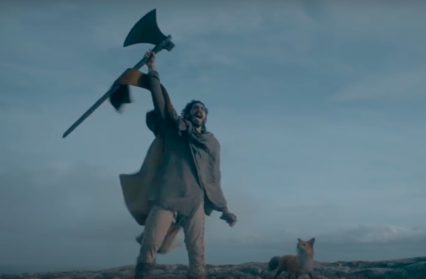
 Enjoyed this article? Support our writers directly by buying them a coffee and clicking this link.
Enjoyed this article? Support our writers directly by buying them a coffee and clicking this link.

